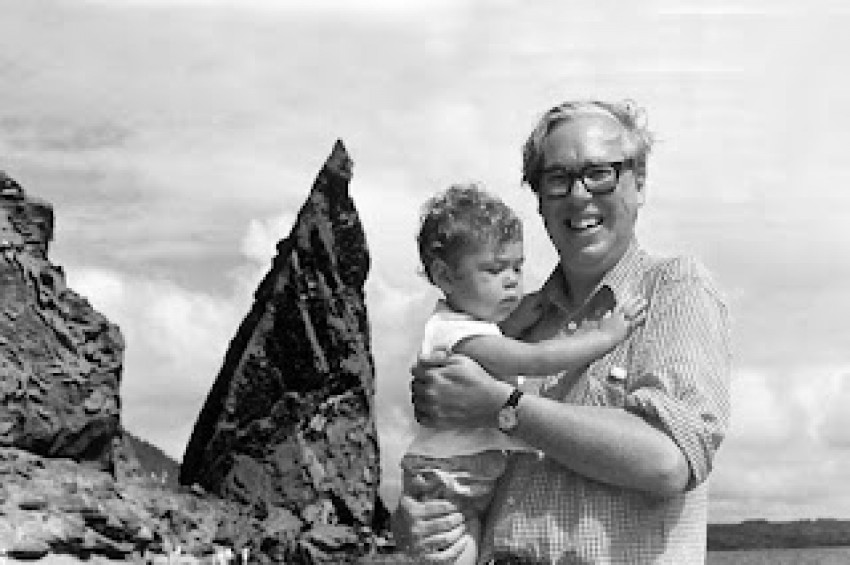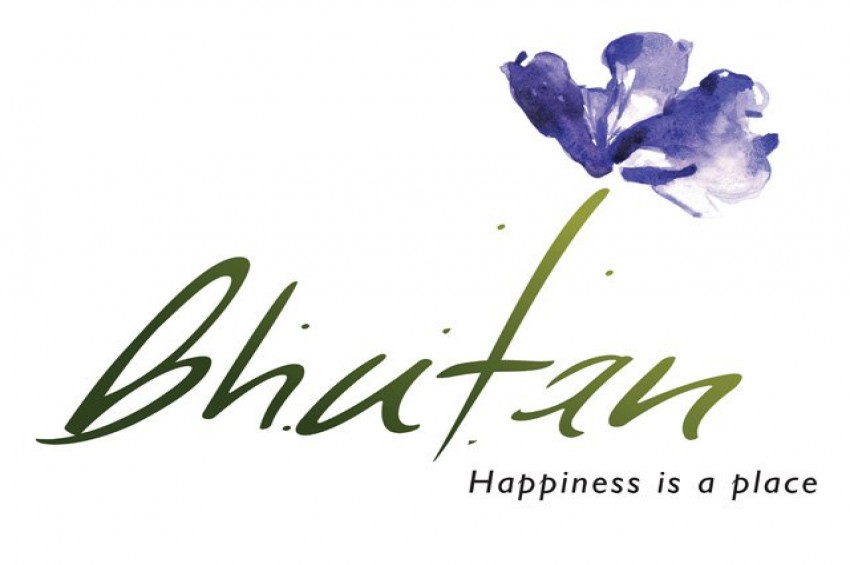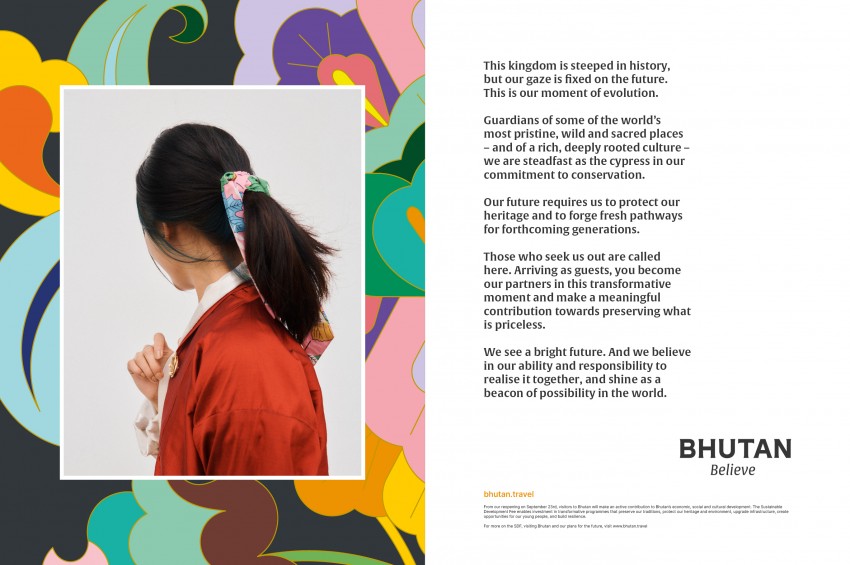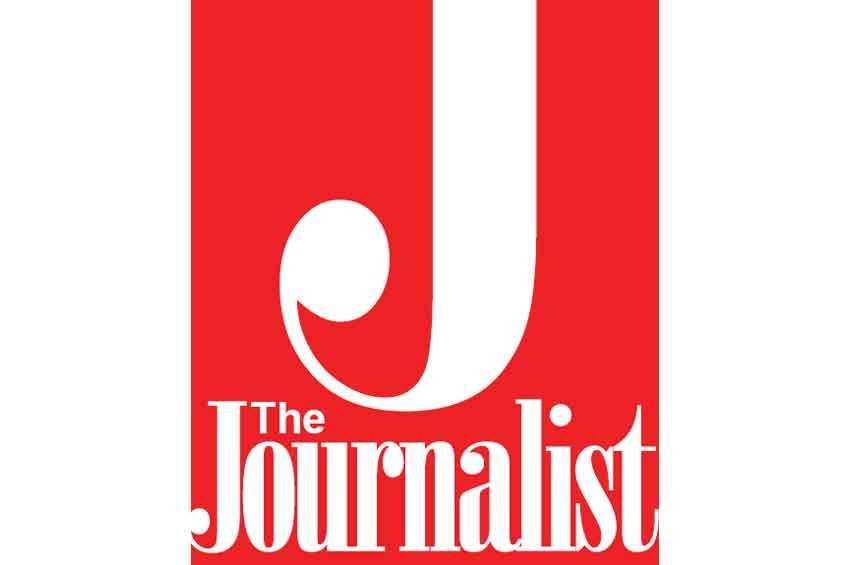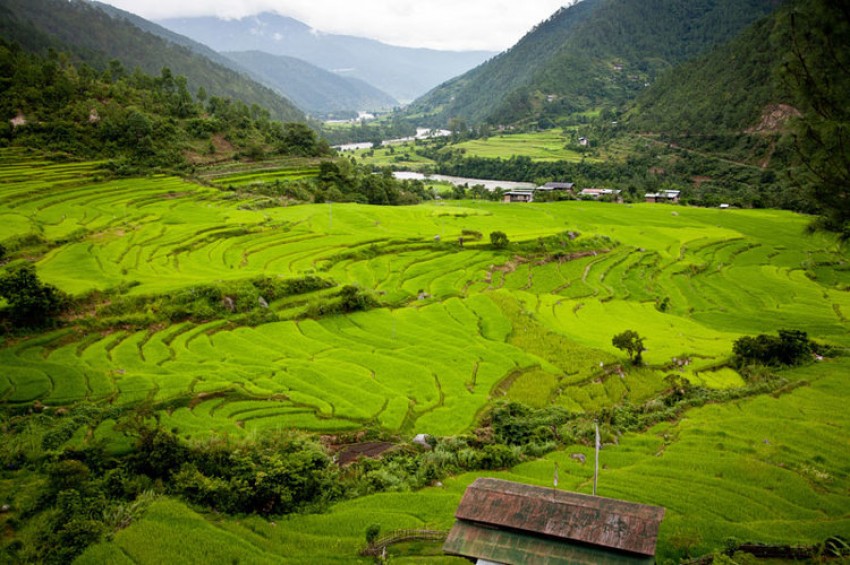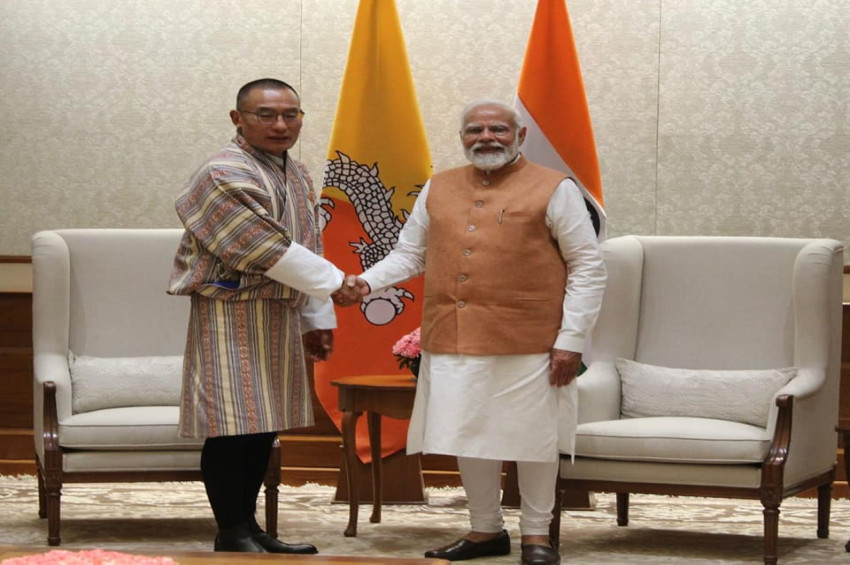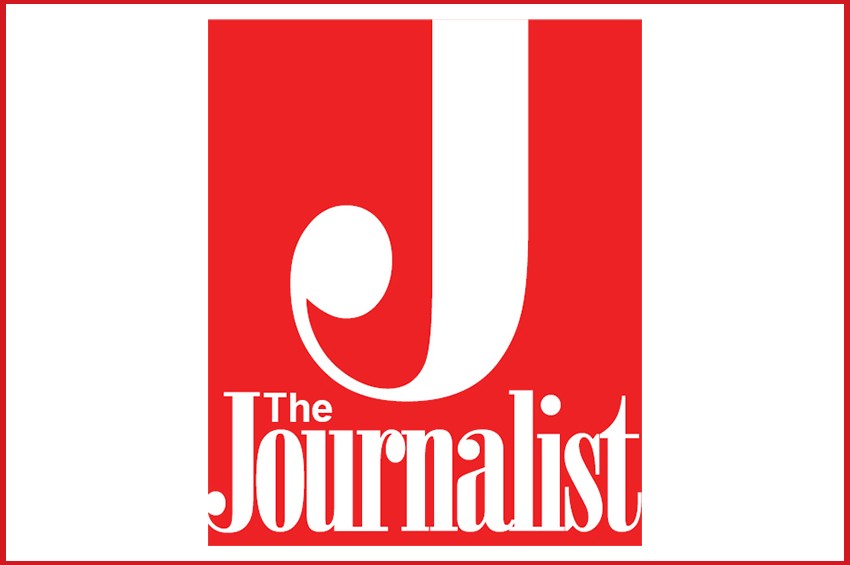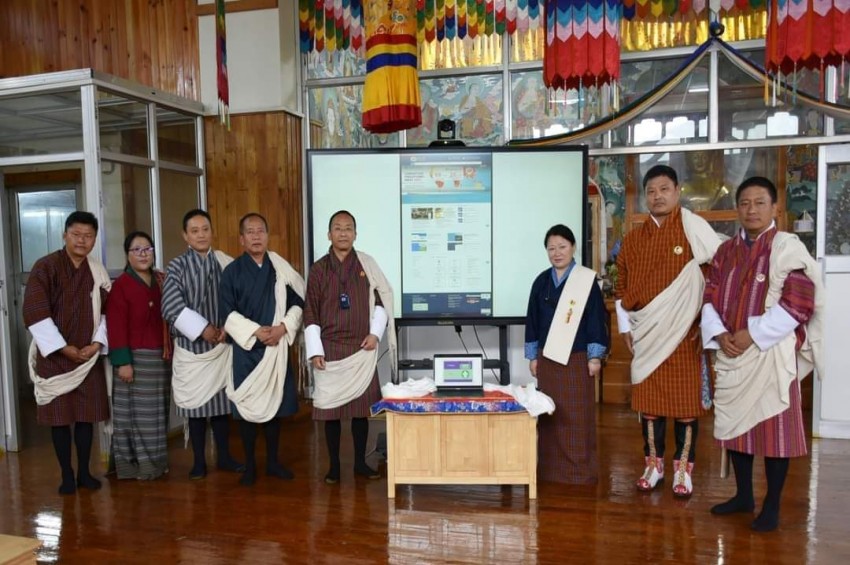Bhutan’s tourism industry began in 1974. It was introduced with the primary objective of generating revenue, especially foreign exchange; publicising the country’s unique culture and traditions to the outside world, and to contribute to the country’s socio-economic development.
Bhutan’s first paying tourist group arrived Bhutan on 2nd October, 1974. The group was led by an American of Swedish descend - Lars-Eric Lindblad, founder of Lindblad Travel, Connecticut, USA. There were 12 in the group. The group came through an Indian tour agent - Summit Tours of Fr Richard McDonald of Darjeeling.
Since then the number of tourists visiting Bhutan has increased from just 287 in 1974 to over 2,850 in 1992 and over 7,000 in 1999. By the late 1980’s tourism contributed over US$2 million in revenues to the royal government.
In 1989, the royal government raised the tourist tariff. That year only 1,480 tourists visited Bhutan but the government still earned US$1.95 million through tourism. By 1992 tourist revenues contributed as much as US$3.3 million and accounted for as much as 15-20% of the total of Bhutan’s exported goods and services.
The royal government has always been aware that an unrestricted flow of tourists can have negative impacts on Bhutan’s pristine environment and its rich and unique culture. The government, therefore, adopted a policy of “high value-low volume” tourism, controlling the type and quantity of tourism right from the start.
Until 1991 the Bhutan Tourism Corporation (BTC), a quasi-autonomous and self-financing body, implemented the government’s tourism policy. All tourists, up to that time came as guests of BTC, which in turn operated the tour organisation, transport services and nearly all the hotels and accommodation facilities.
The government privatized tourism in October 1991 to encourage increased private sector participation in the tourism sector. Today there are more than 3000 licensed tour operators in the country
After the privatisation process, a regulatory body, the Tourism Authority of Bhutan (TAB), called the Department of Tourism (DOT), was established under the Ministry of Trade and Industry. The primary responsibilities of the Department of Tourism included ensuring compliance by travel agents with the tourism policy of the royal government, including the regulation of the number and segments of foreign tourists; fixation of rates for trekking, expeditions, and cultural tours; receiving of tourist payments and processing of tourist visas; issuing and ensuring compliance with guidelines and regulations related to tourism activities; ensuring conservation of culture, tradition, environment and protection against ravages of pollution and exposure from tourism activities; and developing new opportunities for generating growth and foreign exchange through protective tourism, and to undertake research and development in such areas.
The Association of Bhutanese Tour Operators (ABTO) was formed in December 1999 with the overall objective of bringing together all the private sector interests involved in the tourism industry. One of the objectives of ABTO is to establish a channel for closer and more effective collaboration between the tourism industry and the Department of Tourism. ABTO is also the first step that the industry has taken to create a mechanism for self-control and self-regulation.
In 2005 a document called “Sustainable Tourism Development Strategy” “placed greater emphasis on increasing tourist numbers by using the country’s culture and environment to promote Bhutan as an exotic niche destination attractive to wealthy tourists”.
In 2006, the Guides Association of Bhutan was established which was officially launched in 2009. As a civil society organization (CSO) GAB was established as tour guides are, unquestionably, the human face of the tourism industry. The success or failure of tourism in the country, therefore, hinges on the tour guides too. As such, GAB’s core mission is to promote the highest degree of professionalism amongst all tour guides by helping them meliorate their skills and knowledge.
In September 2007, Hotel and Restaurant Association of Bhutan (HRAB), a non-profit, apolitical, mutual benefit organization was formed. It is a federation of HOTELS and Restaurants from all over the country. Members range from restaurants to small family-owned properties to major convention hotels and its main objective is to unite all hotels, restaurants and tourist accommodations in the country into one common body, and endeavor to promote tourism on a sustainable and long term perspectives
In 2008, realizing the importance of a multi-sectoral approach towards tourism development, the Department of Tourism was granted autonomy under the chairmanship of the Prime Minister and renamed the Tourism Council of Bhutan.
Though open to foreigners, the Bhutanese government is acutely aware of the environmental impact tourists can have on Bhutan’s unique and virtually unspoiled landscape and culture. For tourists a daily fee imposed is US$ 250 per person per day during the peak season, US$ 200 per person per day during the low season indicating that the government was prepared to welcome more tourists, although “cultural and environmental” values should be preserved. All tourists (group or individual) must travel on a planned, prepaid, guided package-tour or according to a custom-designed travel-program. Potential tourists must make arrangements through an officially approved tour operator, either directly or through an overseas agent.
Bhutan’s first paying tourist group arrived Bhutan on 2nd October, 1974. The group was led by an American of Swedish descend - Lars-Eric Lindblad, founder of Lindblad Travel, Connecticut, USA. There were 12 in the group. The group came through an Indian tour agent - Summit Tours of Fr Richard McDonald of Darjeeling.
Since then the number of tourists visiting Bhutan has increased from just 287 in 1974 to over 2,850 in 1992 and over 7,000 in 1999. By the late 1980’s tourism contributed over US$2 million in revenues to the royal government.
In 1989, the royal government raised the tourist tariff. That year only 1,480 tourists visited Bhutan but the government still earned US$1.95 million through tourism. By 1992 tourist revenues contributed as much as US$3.3 million and accounted for as much as 15-20% of the total of Bhutan’s exported goods and services.
The royal government has always been aware that an unrestricted flow of tourists can have negative impacts on Bhutan’s pristine environment and its rich and unique culture. The government, therefore, adopted a policy of “high value-low volume” tourism, controlling the type and quantity of tourism right from the start.
Until 1991 the Bhutan Tourism Corporation (BTC), a quasi-autonomous and self-financing body, implemented the government’s tourism policy. All tourists, up to that time came as guests of BTC, which in turn operated the tour organisation, transport services and nearly all the hotels and accommodation facilities.
The government privatized tourism in October 1991 to encourage increased private sector participation in the tourism sector. Today there are more than 3000 licensed tour operators in the country
After the privatisation process, a regulatory body, the Tourism Authority of Bhutan (TAB), called the Department of Tourism (DOT), was established under the Ministry of Trade and Industry. The primary responsibilities of the Department of Tourism included ensuring compliance by travel agents with the tourism policy of the royal government, including the regulation of the number and segments of foreign tourists; fixation of rates for trekking, expeditions, and cultural tours; receiving of tourist payments and processing of tourist visas; issuing and ensuring compliance with guidelines and regulations related to tourism activities; ensuring conservation of culture, tradition, environment and protection against ravages of pollution and exposure from tourism activities; and developing new opportunities for generating growth and foreign exchange through protective tourism, and to undertake research and development in such areas.
The Association of Bhutanese Tour Operators (ABTO) was formed in December 1999 with the overall objective of bringing together all the private sector interests involved in the tourism industry. One of the objectives of ABTO is to establish a channel for closer and more effective collaboration between the tourism industry and the Department of Tourism. ABTO is also the first step that the industry has taken to create a mechanism for self-control and self-regulation.
In 2005 a document called “Sustainable Tourism Development Strategy” “placed greater emphasis on increasing tourist numbers by using the country’s culture and environment to promote Bhutan as an exotic niche destination attractive to wealthy tourists”.
In 2006, the Guides Association of Bhutan was established which was officially launched in 2009. As a civil society organization (CSO) GAB was established as tour guides are, unquestionably, the human face of the tourism industry. The success or failure of tourism in the country, therefore, hinges on the tour guides too. As such, GAB’s core mission is to promote the highest degree of professionalism amongst all tour guides by helping them meliorate their skills and knowledge.
In September 2007, Hotel and Restaurant Association of Bhutan (HRAB), a non-profit, apolitical, mutual benefit organization was formed. It is a federation of HOTELS and Restaurants from all over the country. Members range from restaurants to small family-owned properties to major convention hotels and its main objective is to unite all hotels, restaurants and tourist accommodations in the country into one common body, and endeavor to promote tourism on a sustainable and long term perspectives
In 2008, realizing the importance of a multi-sectoral approach towards tourism development, the Department of Tourism was granted autonomy under the chairmanship of the Prime Minister and renamed the Tourism Council of Bhutan.
Though open to foreigners, the Bhutanese government is acutely aware of the environmental impact tourists can have on Bhutan’s unique and virtually unspoiled landscape and culture. For tourists a daily fee imposed is US$ 250 per person per day during the peak season, US$ 200 per person per day during the low season indicating that the government was prepared to welcome more tourists, although “cultural and environmental” values should be preserved. All tourists (group or individual) must travel on a planned, prepaid, guided package-tour or according to a custom-designed travel-program. Potential tourists must make arrangements through an officially approved tour operator, either directly or through an overseas agent.

